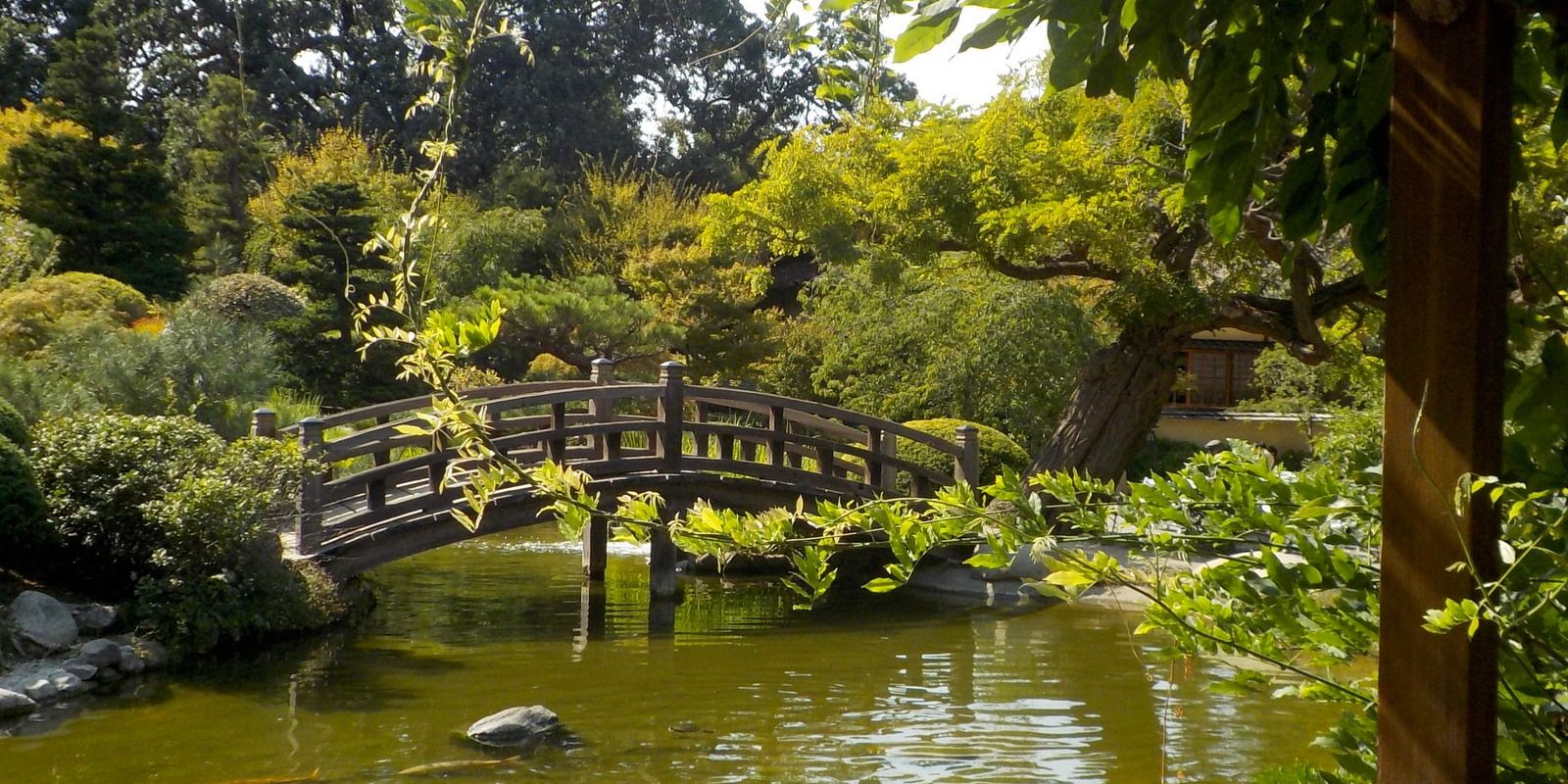Rancho Santa Ana Botanic garden: A California Native Paradise
Rancho Santa Ana Botanic Garden (RSABG), nestled in the Claremont foothills of the San Gabriel Mountains, is more than just a beautiful garden; it’s a living museum dedicated to the preservation and study of California’s native flora. Spanning 86 acres, this remarkable institution showcases the incredible diversity and beauty of California’s indigenous plants, offering visitors a unique opportunity to connect with the state’s natural heritage.
A History Rooted in Conservation
The story of RSABG begins in 1927 with Susanna Bixby Bryant, a passionate conservationist and philanthropist. Concerned about the rapid loss of California’s native plant life due to development, Mrs. Bryant envisioned a place where these unique species could be preserved and studied. She purchased the initial 200-acre parcel of Rancho Santa Ana, a historic rancho, with the intention of creating a botanical garden dedicated solely to California’s native plants.
Mrs. Bryant’s vision was ambitious and forward-thinking. She recognized the importance of understanding and protecting California’s unique ecosystems. She sought the expertise of renowned botanists and horticulturists, including Dr. Philip Munz, who became the garden’s first director. Together, they laid the foundation for what would become a world-renowned institution.
A Living Laboratory

From its inception, RSABG has been more than just a display garden. It serves as a vital research center, contributing significantly to our understanding of California’s flora. Scientists at the garden conduct research on various aspects of native plant biology, including taxonomy, ecology, and conservation. The garden’s extensive herbarium, containing a vast collection of preserved plant specimens, is an invaluable resource for researchers worldwide.
The garden’s commitment to research extends beyond the laboratory. RSABG plays a crucial role in conservation efforts, working to protect endangered and threatened California plant species. The garden’s staff collaborates with other organizations and agencies to develop and implement conservation strategies, including seed banking, habitat restoration, and public education.
Exploring the Garden’s Diverse Landscapes
RSABG is organized into distinct sections, each showcasing different aspects of California’s diverse plant communities. Visitors can explore a variety of landscapes, from coastal sage scrub to desert washes, experiencing the beauty and complexity of these unique ecosystems.
The California Garden
This central area provides a broad overview of California’s flora, showcasing a diverse collection of native trees, shrubs, and wildflowers. It’s a great place to begin your exploration of the garden, offering a glimpse into the richness of California’s plant life.
The Desert Garden

This section highlights the fascinating adaptations of plants that thrive in California’s arid regions. Visitors can discover the unique strategies these plants employ to survive in harsh conditions, from drought resistance to specialized water storage.
The Woodland Garden
Here, visitors can wander through a peaceful woodland setting, experiencing the beauty of California’s native trees and understory plants. This area showcases the diversity of California’s forests, from redwood groves to oak woodlands.
The Meadow Garden
This vibrant area showcases the beauty of California’s native grasslands. Visitors can enjoy a colorful display of wildflowers, learning about the importance of these ecosystems and the threats they face.
The Canyon Garden
This dramatic landscape features a natural canyon, showcasing the plants that thrive in these unique habitats. Visitors can explore the canyon floor and the surrounding slopes, discovering the diversity of plant life that can be found in these rugged environments.
A Place for Learning and Inspiration
RSABG is committed to educating the public about California’s native plants and the importance of conservation. The garden offers a variety of educational programs for visitors of all ages, including guided tours, workshops, and lectures. These programs provide opportunities to learn about California’s flora, its ecological significance, and the challenges it faces.
The garden also serves as a source of inspiration for artists, photographers, and nature enthusiasts. The beauty of the landscapes and the diversity of the plant life provide endless opportunities for creative expression. Whether you’re a seasoned botanist or simply someone who appreciates the beauty of nature, RSABG offers something for everyone.
Visiting Rancho Santa Ana Botanic Garden
RSABG is open to the public year-round, offering visitors a chance to experience the beauty of California’s native plants in every season. The garden is easily accessible, with ample parking and convenient access to public transportation.
When visiting the garden, it’s recommended to wear comfortable shoes and bring water, especially during the warmer months. Visitors are also encouraged to bring a camera to capture the beauty of the gardens. Guided tours are available for those who wish to learn more about the plants and ecosystems on display.
A Legacy of Conservation
Rancho Santa Ana Botanic Garden stands as a testament to the vision of Susanna Bixby Bryant and the dedication of countless individuals who have contributed to its growth and development. It is a living laboratory, a center for research, and a place of learning and inspiration. More than just a garden, RSABG is a vital resource for the preservation of California’s natural heritage, ensuring that these unique plant communities will continue to thrive for generations to come. It is a place where science, conservation, and beauty intertwine, offering a profound connection to the natural wonders of California. A visit to RSABG is not just a walk through a garden; it’s an immersion into the heart of California’s botanical soul.


